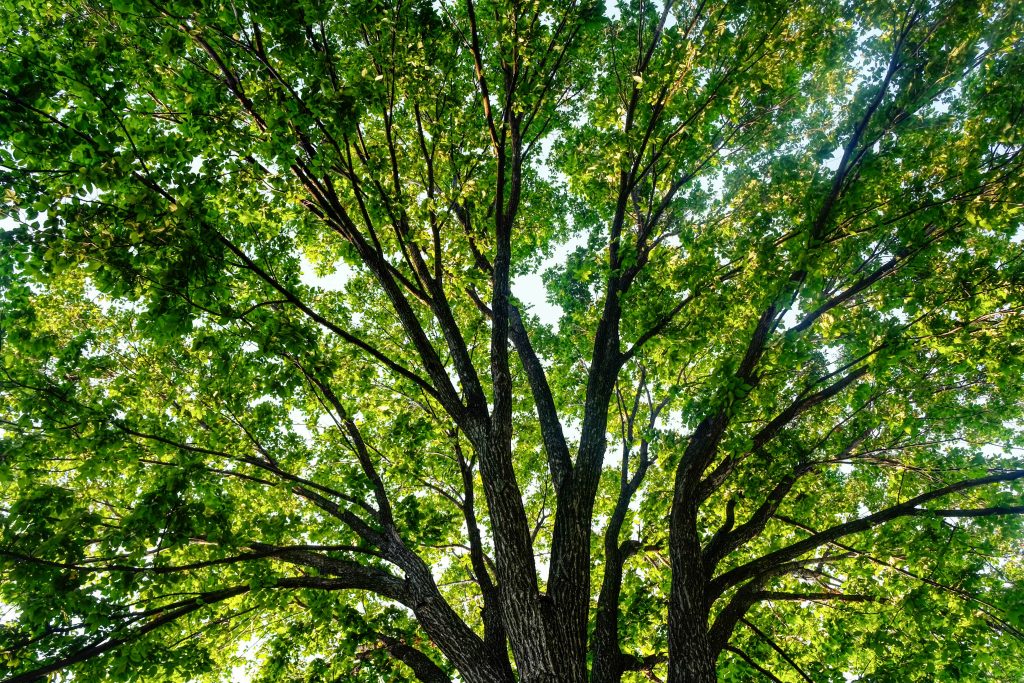
The Hudson Highlands Land Trust published an in-depth piece on “Tree Inequity in the Hudson Highlands,” spotlighting the sharp disparities in tree canopy between low-income communities and wealthier neighborhoods. The article references national research showing how lack of trees contributes to higher temperatures, poorer air quality, increased health risks, and reduced economic opportunity. Newburgh is highlighted as one of the region’s most heavily impacted areas, where neighborhoods with high poverty rates have some of the lowest Tree Equity Scores in the Hudson Valley. The piece recognizes Outdoor Promise and the Greater Newburgh Parks Conservancy for leading the effort to reverse this trend by planting new trees, restoring the urban canopy, and engaging residents in identifying priority planting areas.
Tree inequity is a core environmental justice issue—one that affects health, safety, and quality of life. For communities like Newburgh, where thousands of trees have died and not been replaced, addressing this deficit is essential climate resilience work. Being featured in this article underscores the importance and urgency of Outdoor Promise’s leadership in bringing trees back to underserved neighborhoods and ensuring community voices shape where and how those trees are planted. This kind of regional recognition strengthens the case for sustained investment, volunteer engagement, and continued advocacy for equitable access to green space. To support this work, community members can get involved with Newburgh Street Trees or participate in ongoing tree-mapping and planting initiatives.
Read the full article from the Hudson Highlands Land Trust →
